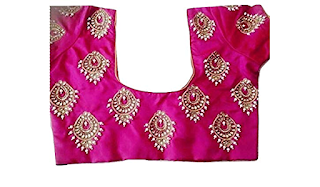The Fashion Industry's Embrace of Wearable Technology: A Look at Top Innovations
Wearable technology, also known as wearables, refers to electronic devices that are designed to be worn on the body, typically as accessories or clothing. These devices are equipped with sensors and software that allow them to collect data, communicate with other devices, and perform various functions.
Some examples of wearable technology include smartwatches, fitness trackers, smart glasses, and smart clothing. Smartwatches and fitness trackers are perhaps the most common examples of wearable technology, as they are designed to monitor and track various health and fitness metrics, such as heart rate, steps taken, and calories burned.
Smart glasses, on the other hand, are designed to provide users with augmented reality (AR) or virtual reality (VR) experiences, overlaying digital information onto the real world or immersing the user in a virtual environment. Smart clothing incorporates sensors and electronics into clothing items to track and monitor various metrics, such as posture, body temperature, and heart rate.
Wearable technology is used in a variety of industries, including healthcare, sports and fitness, and entertainment. In healthcare, wearables can be used to monitor patients' health and track medical conditions, while in sports and fitness, wearables can help athletes track their performance and improve their training. In entertainment, wearables can provide immersive and interactive experiences, such as AR and VR games.
Wearable technology has the potential to revolutionize the way we interact with technology and with our own bodies, providing us with new ways to monitor our health, track our performance, and engage with the world around us.



Comments
Post a Comment